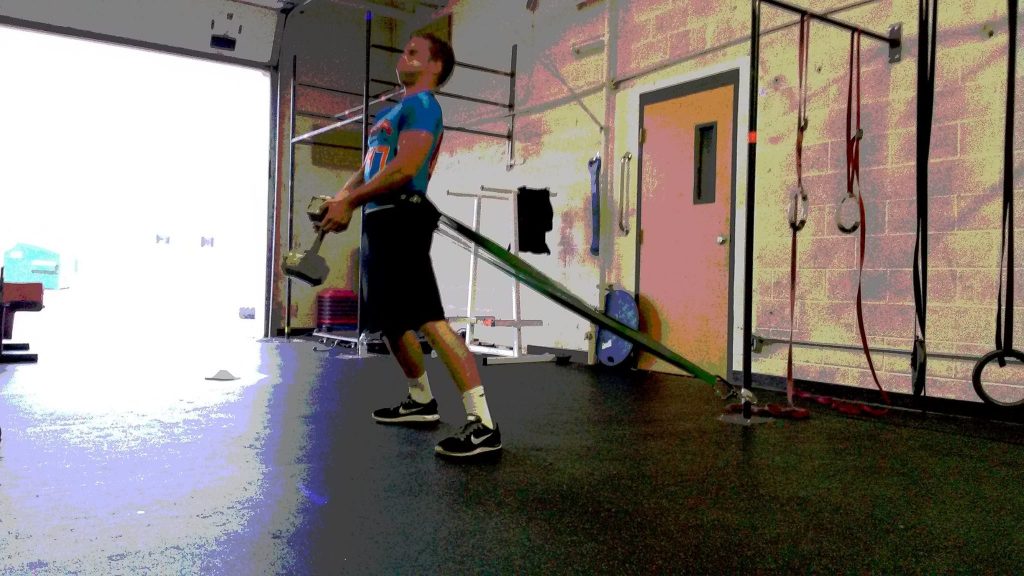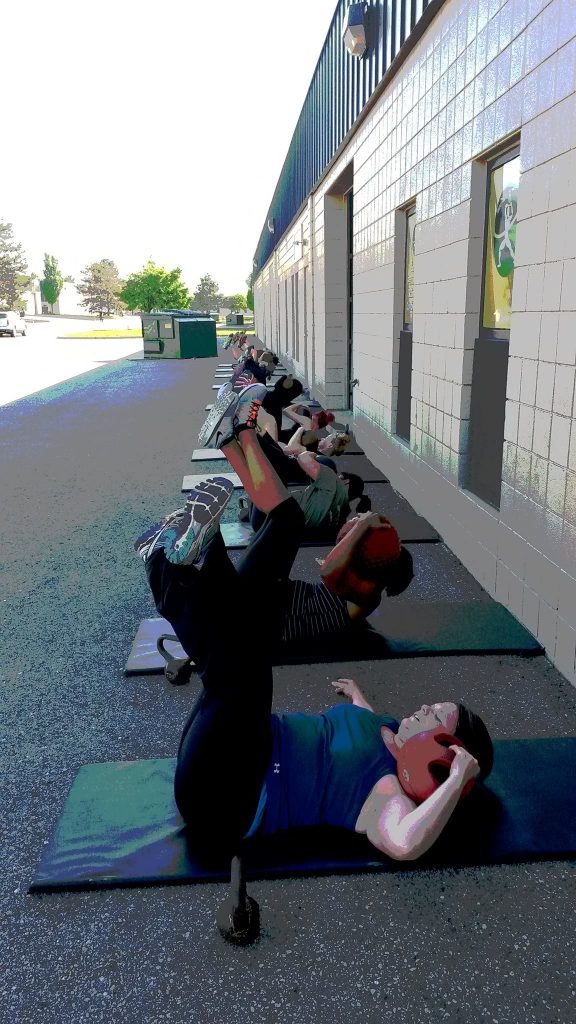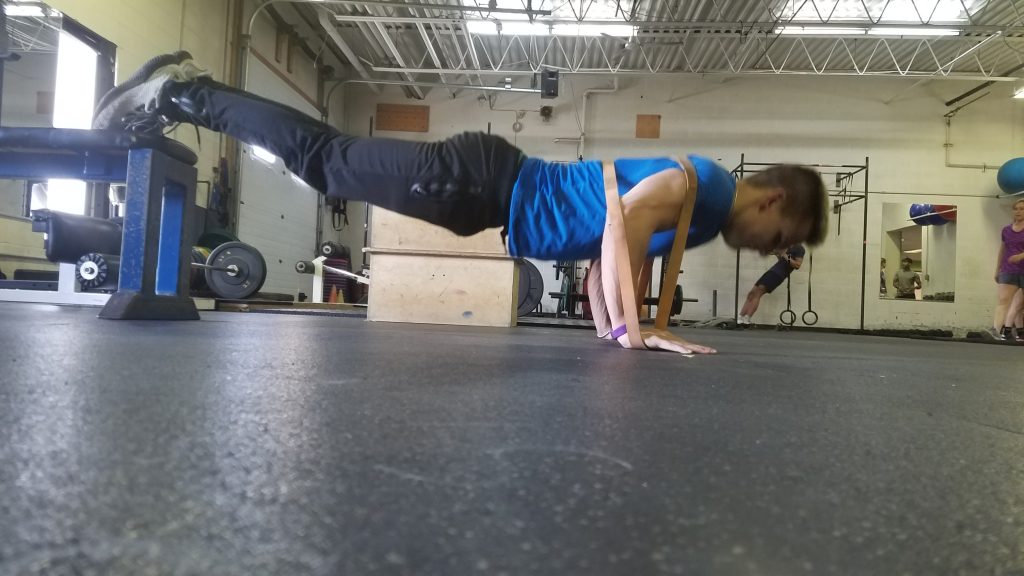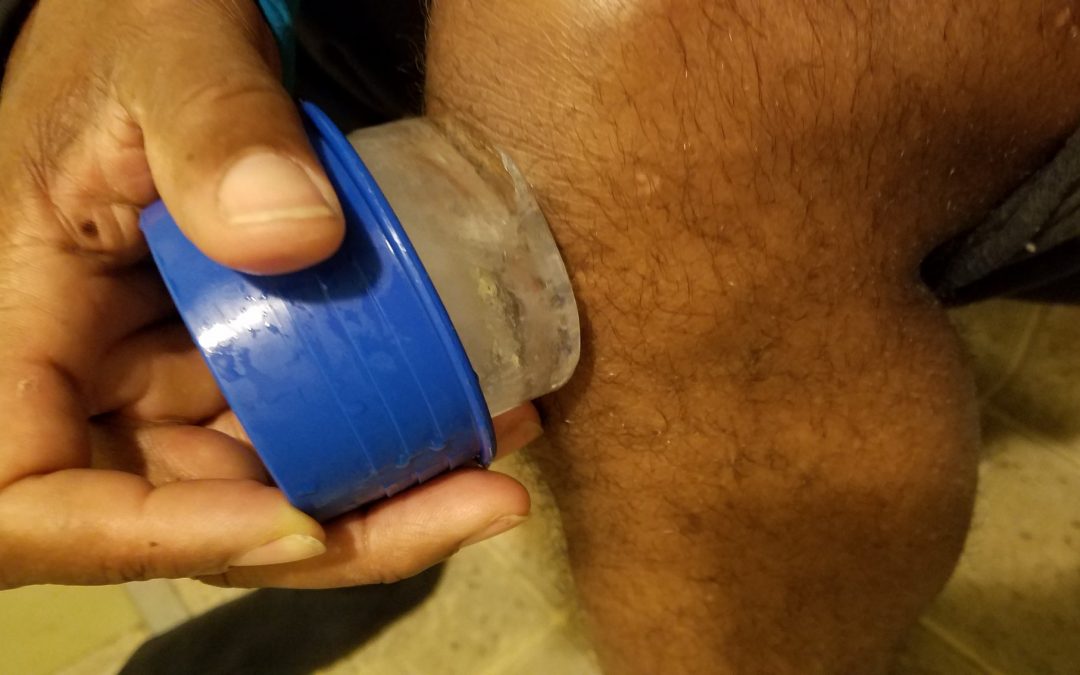“The key to successful outcomes in PT is that you show up for your appointments!! Most PT visits last minimum 3 months. Now, if you are an athlete in PT, you gotta be thinking “when can I play?” It has been my experience and study that traditional PT does not always satisfy the rigors for return to sport.”

The key to successful outcomes in PT is that you show up for your appointments!! Most PT visits last minimum 3 months. Now, if you are an athlete in PT, you gotta be thinking “when can I play?” It has been my experience and study that traditional PT does not always satisfy the rigors for return to sport.
At BODYSPECS we are experts in the most rigorous methods to determine return to sport. I want to be clear: This is NOT to say that PT is NOT doing a good job. However, I worked in the clinical setting for quite awhile and I know that the traditional environment does not always address the aggressive rigors and demands of sport nor does it confront the mental reticent of athletes even though the pain is gone. Range is WNL (within normal limits). This ‘doubt’ that ALL athletes harbor can hamper real ‘life’ (practice/game situations). Enter HIT as a PT!!
HIT, high intensity training, was first used when the weight machine design company HAMMER STRENGTH introduced their unique ergonomically design pieces that allowed biomechanical efficiency to produce maximum output for every rep without joint irritation. This was circa 1990-91! Prior to that bodybuilders called this ‘shock’ training. I am a big fan of aggressive rehab, but you must know what you are dealing with!


Setting up a training program for athletes coming out of PT is not the same as a typical sports performance training protocol. First you must understand the procedure (surgery, if any performed). What is the injury? (repaired or not). What was the mechanism or onset of injury that led to PT and/or surgical repair. What are the goals of the patient. But most importantly, in non-clincal jargon, ‘where’s your head at?’! I don’t care how strong you WERE before the injury/surgery, you will, for a time, be tentative when you return to your competitive surroundings. The only time this is not the case if, unfortunately, this is not your first injury/surgery.
So if you are a personal trainer, with limited to no experience to manage post-rehab clients, then ask the PT your client came from! This is a good way to build a ‘bridge’ program and gaining knowledge on how to develop post PT training programs.

